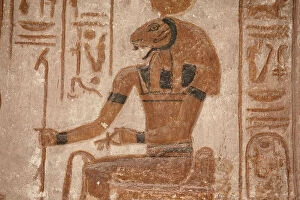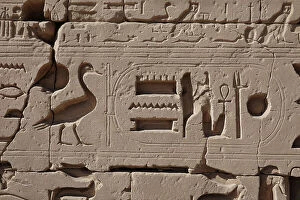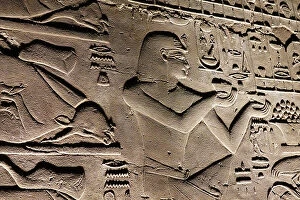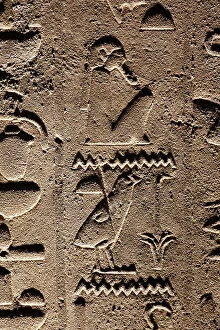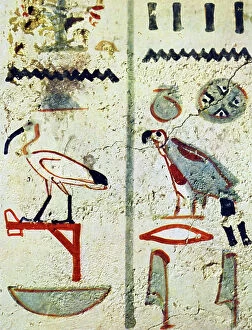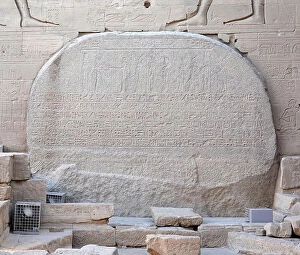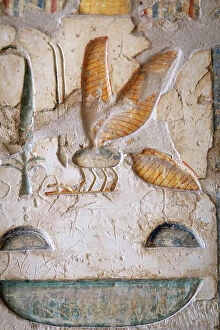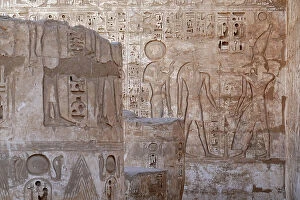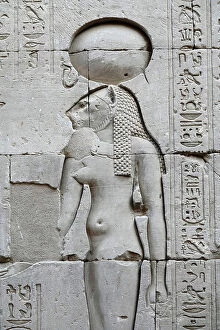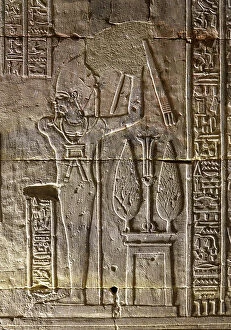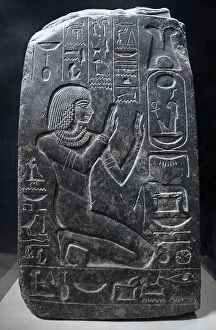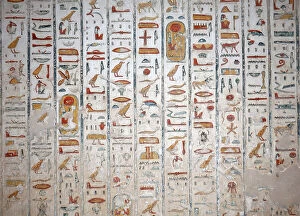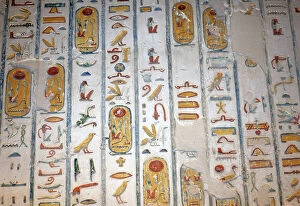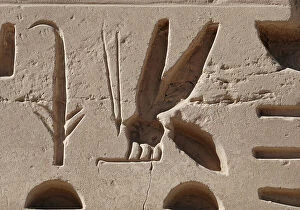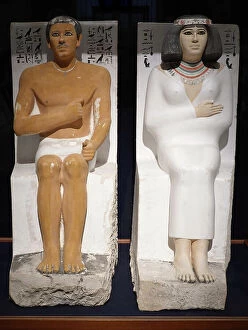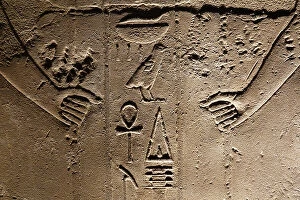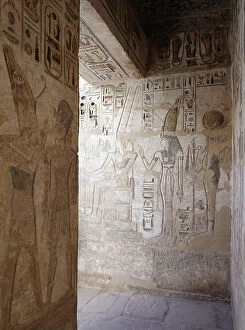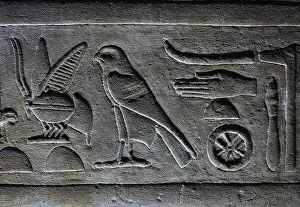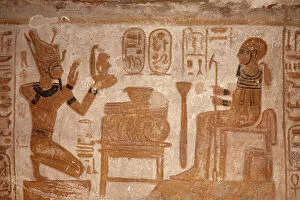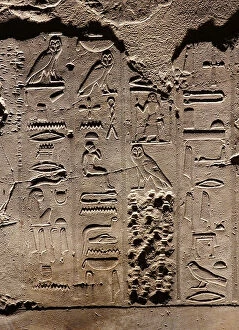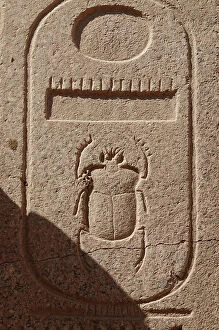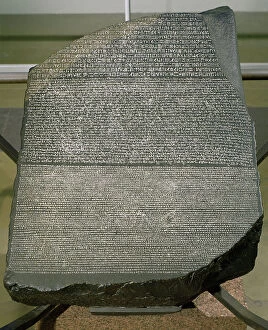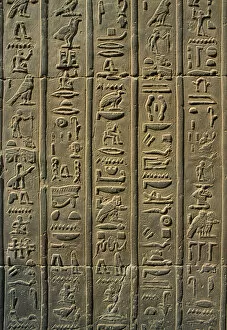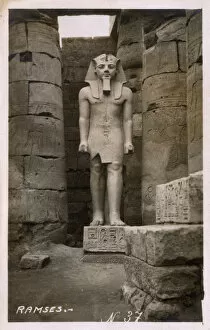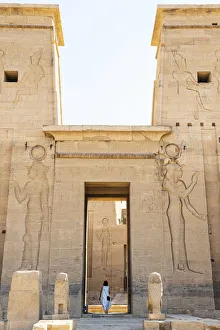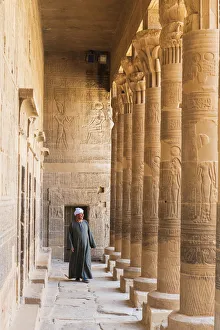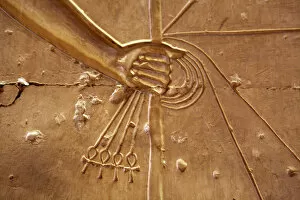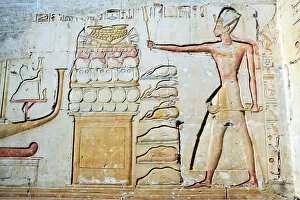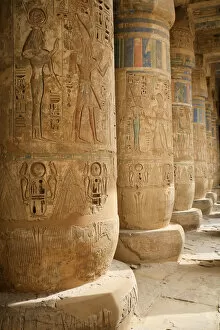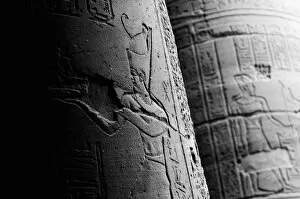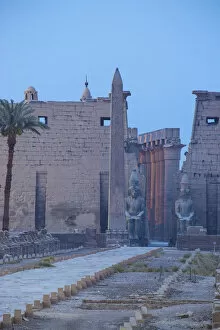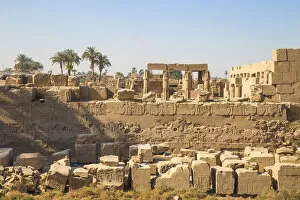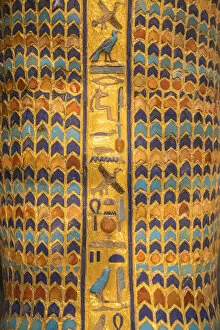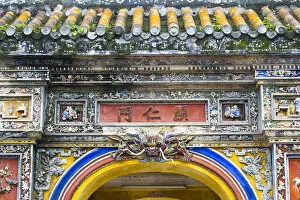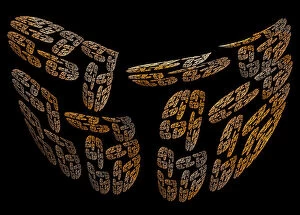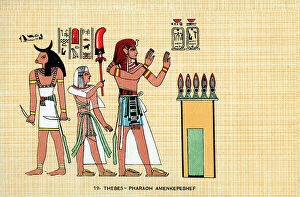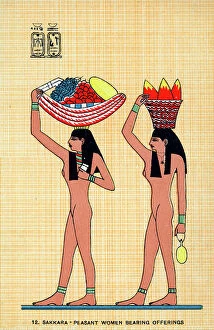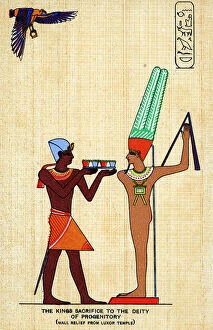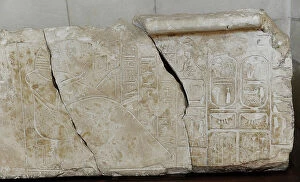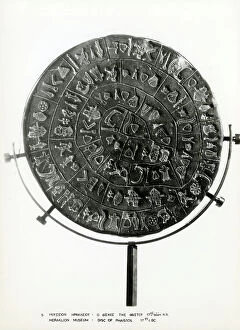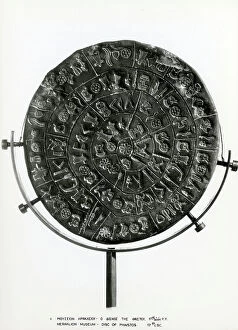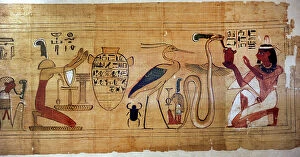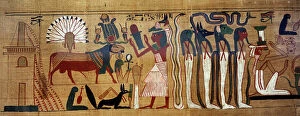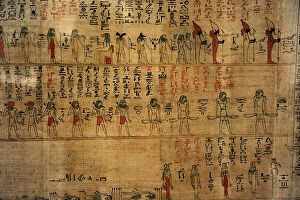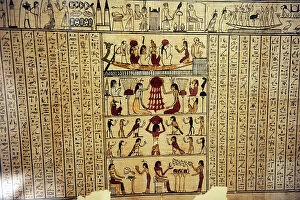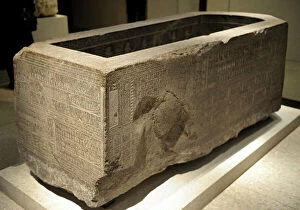Hieroglyphs Collection (page 2)
Hieroglyphs, the ancient Egyptian form of writing, have captivated scholars and enthusiasts for centuries
For sale as Licensed Images
Choose your image, Select your licence and Download the media
Hieroglyphs, the ancient Egyptian form of writing, have captivated scholars and enthusiasts for centuries. These intricate symbols tell stories of a civilization that thrived along the Nile River in Africa. One notable example is the Papyrus of Ani, also known as the Book of the Dead. This beautifully illustrated scroll depicts scenes from the afterlife and provides insights into ancient Egyptian beliefs about death and judgment. Egyptian art showcases hieroglyphs in various forms, such as reliefs. One relief shows Akhenaten, Nefertiti, and their three daughters. It offers a glimpse into royal family life during the Amarna period. Another bas-relief features Sekhmet, an important goddess associated with war and healing. Located in the Temple of Seti I at Abydos, this artwork highlights Egypt's rich religious traditions. Pharaoh Amenhotep I is depicted in hieroglyphs on numerous artifacts. His reign marked a time of political stability and cultural development in ancient Egypt. The Rosetta Stone remains one of history's most significant discoveries related to hieroglyphic decipherment. This stone slab contains inscriptions in three scripts: Greek, demotic (a simplified script), and hieroglyphs. Its translation by Jean-François Champollion unlocked a wealth of knowledge about ancient Egypt. The Eye of Horus symbolizes protection and good health; it appears on many objects throughout Egyptian history. The false door belonging to Senenmut showcases this powerful symbol alongside other hieroglyphic texts representing offerings for his eternal journey. The Temple of Philae stands proudly on an island in Lake Nasser near Aswan—a testament to ancient Egyptians' architectural prowess adorned with intricate hieroglyphic carvings depicting gods and pharaohs alike. Bas-reliefs dedicated to Pharaoh Seti I can be found at his temple complex at Abydos—an impressive display showcasing his divine connection and achievements.

